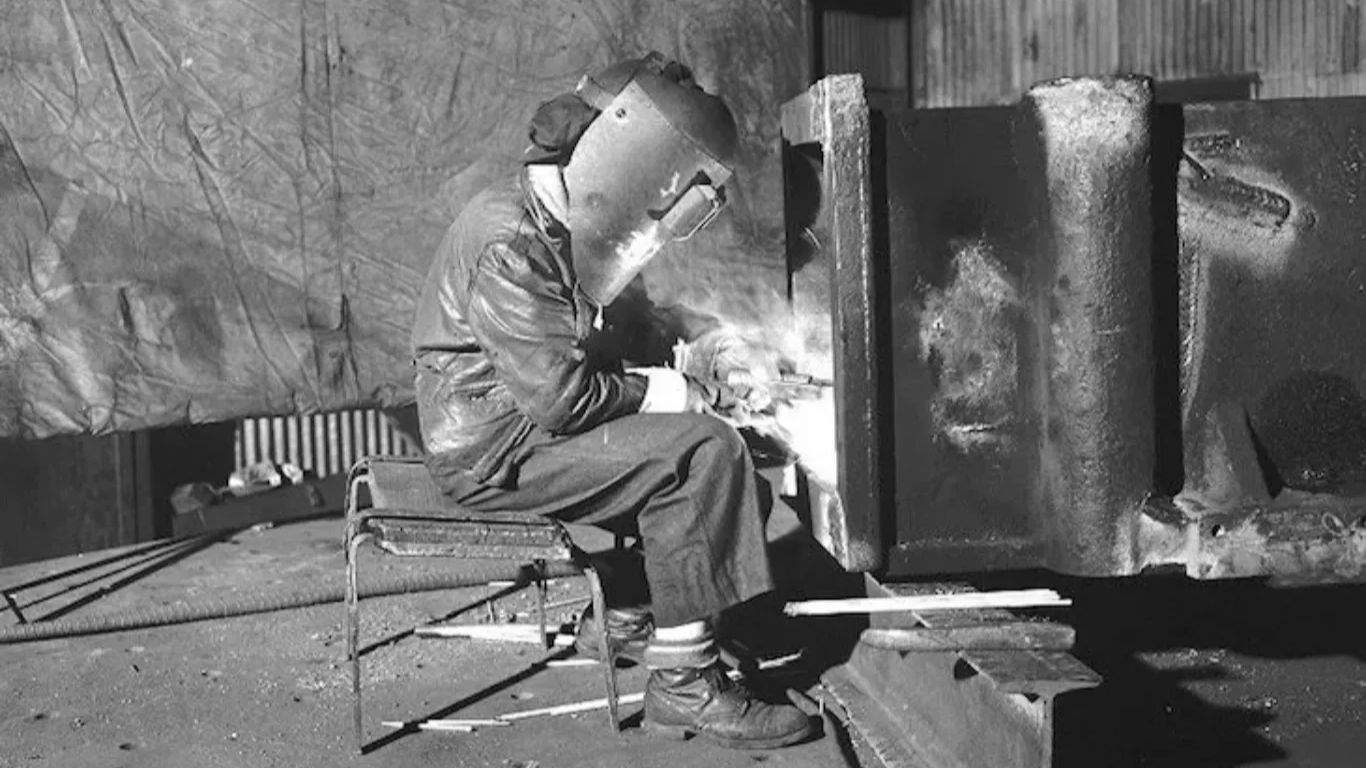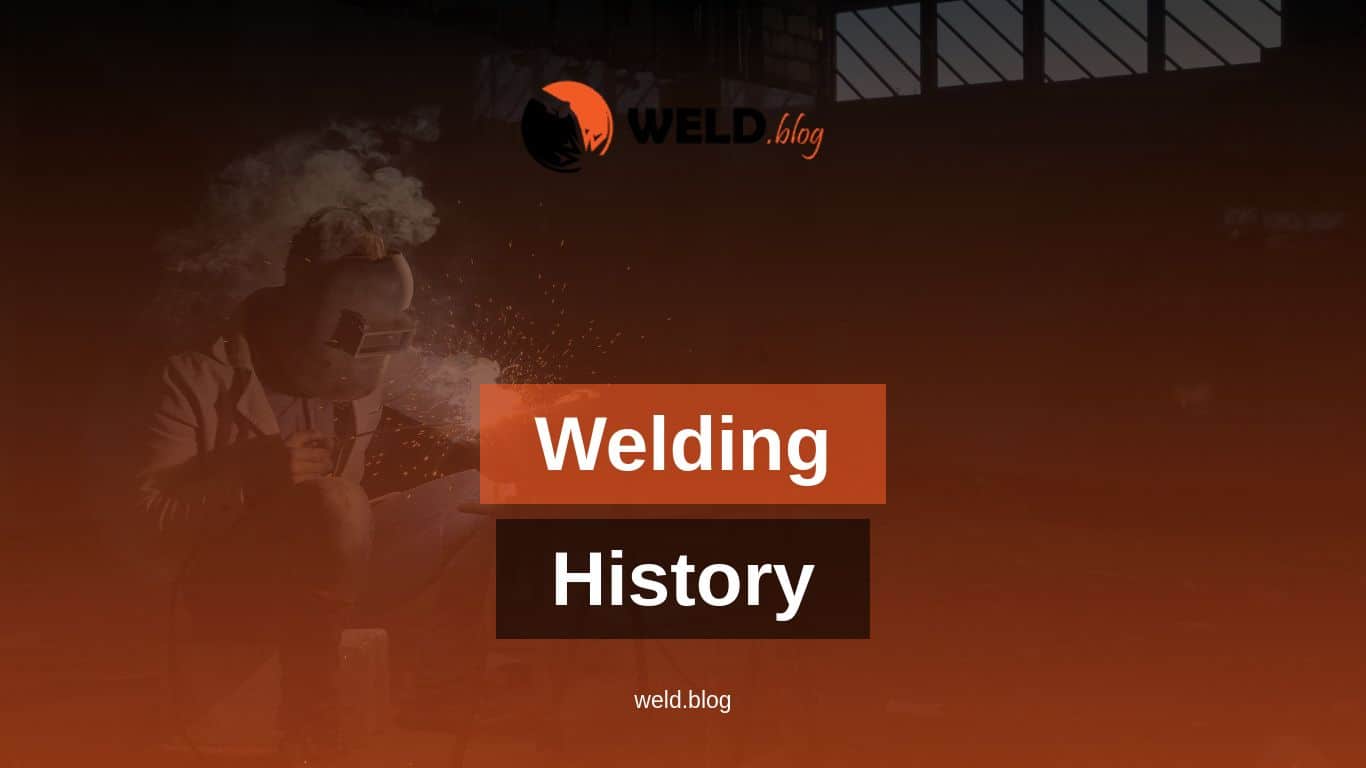Welding is the most vital process in the manufacturing industry. It is the process of combining two or more metals to produce a single product. The welding process has been in practice for centuries, and its history is fascinating. Let’s dive into the past and explore the roots of welding from the ancient period to the modern era.
The Birth of Welding
The first traces of welding date back to the Bronze Age, where people used to heat and join metals together by hammering them or using a soldering technique. The Egyptians were among the first to use welding techniques for their iron artwork. The ancient Greeks also practiced welding techniques by joining bronze and iron with copper. Welding techniques of that era were mostly crude and didn’t have the precision that we have now.

The Evolution of Welding Techniques
During the Industrial Revolution, the demand for metalworking grew, and welding techniques evolved as well. In the 19th century, gas welding was introduced, where fuel gases were burned in an open flame for welding. It was more precise and had a better finish than the previous techniques.
In the early 20th century, electric welding was introduced, where electric arc generated heat to melt the metal and join them. The evolution of welding techniques continued, and in the 1940s, automatic welding machines were introduced, which made the welding process faster, more efficient, and more precise.

The Present Day Welding Techniques
Today, welding is an intricate process and has evolved remarkably. Along with gas welding and electric welding, there are various forms of welding being used, including MIG welding, TIG welding, plasma cutting, and many more. Welding techniques have become more specialized, and the equipment used is more advanced. The automation process has made welding safer, faster, and more efficient.
The Future of Welding
The welding industry is still evolving, and the future of welding looks promising. Automation will continue to play a significant role in welding, and advancements in materials science will also bring new challenges and opportunities. With the implementation of Industry 4.0, data, and IoT technology, welding machines will become smarter and more efficient. The development of laser welding technology will revolutionize the welding industry as it is faster, more precise and offers a better finish than traditional welding methods.
Conclusion
In conclusion, the welding industry has come a long way since its inception. Welding has become an essential part of the manufacturing industry and has impacted almost every aspect of modern life. With the evolution and advancements in welding techniques, the future of welding looks bright. As the demand for customized and specialized welding techniques is increasing, the industry will continue to evolve, bringing with it exciting new opportunities and challenges.
Advantages of Automated Welding Machines
- Faster welding speed which increases productivity
- Improvement in weld precision, consistency, and quality
- Enhanced worker safety due to remote operation capabilities
- Capability to weld in hazardous environments
- Reduction in material waste and operational costs

